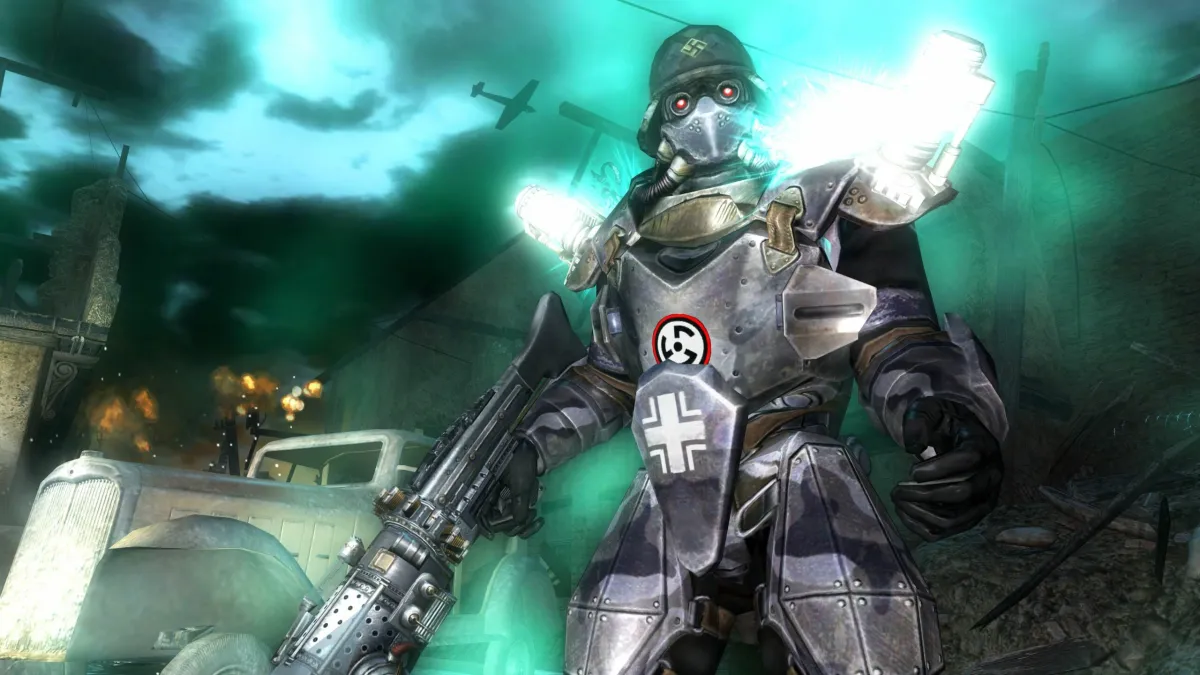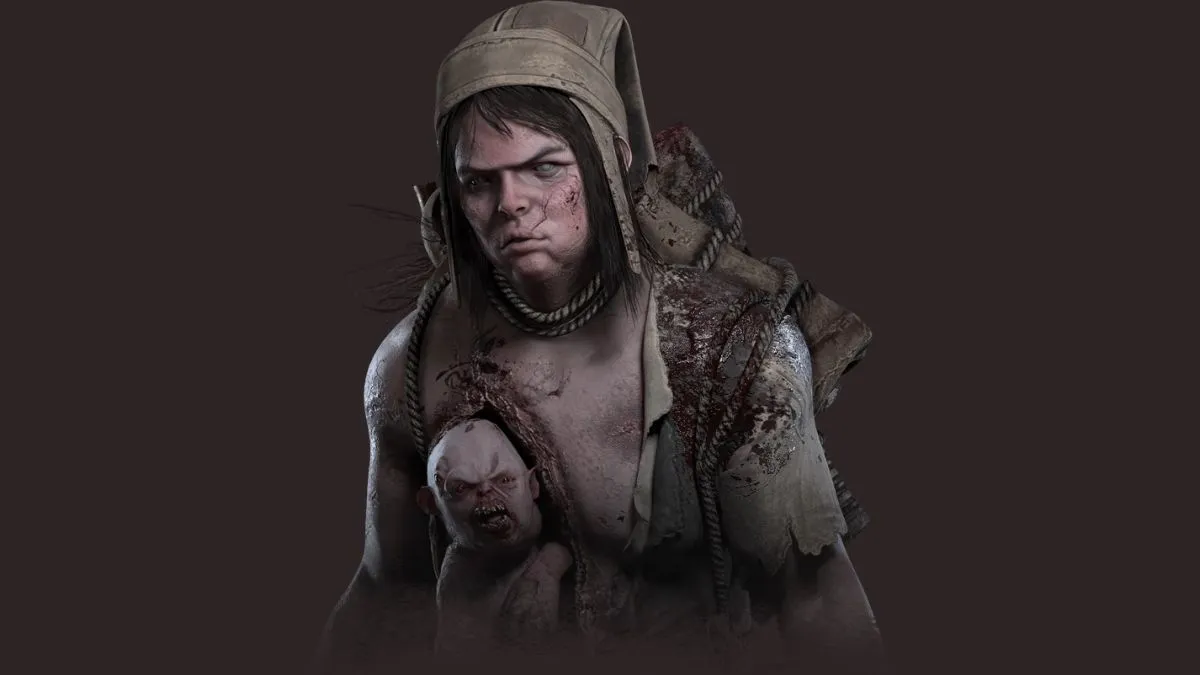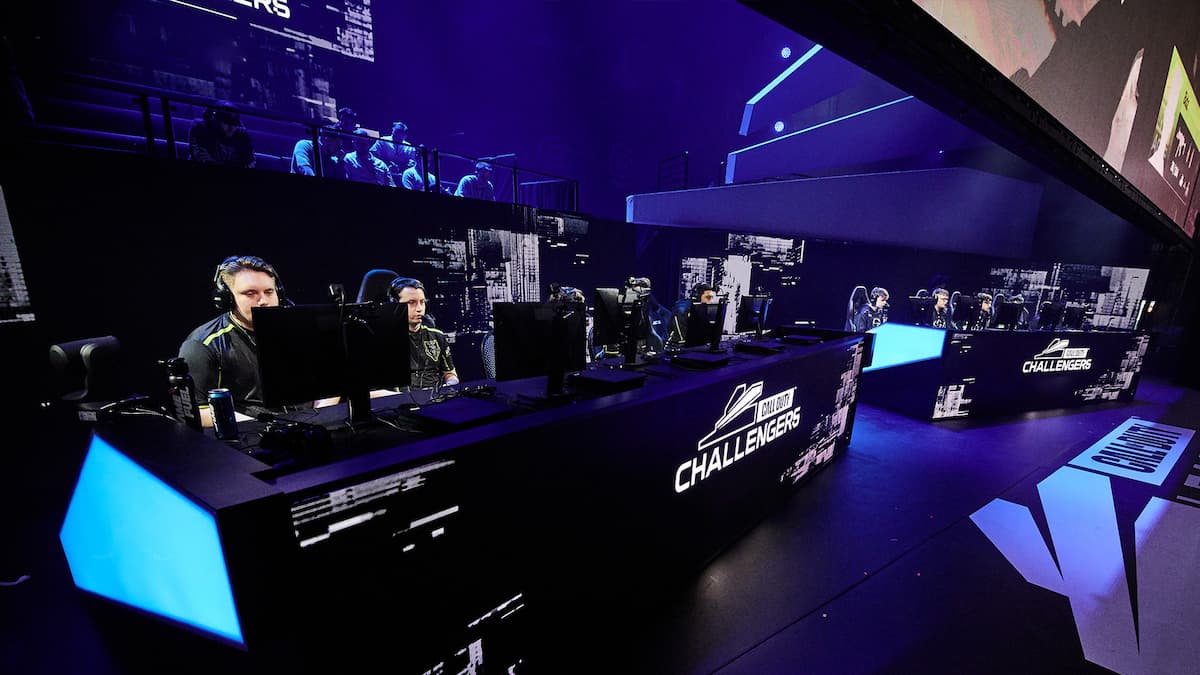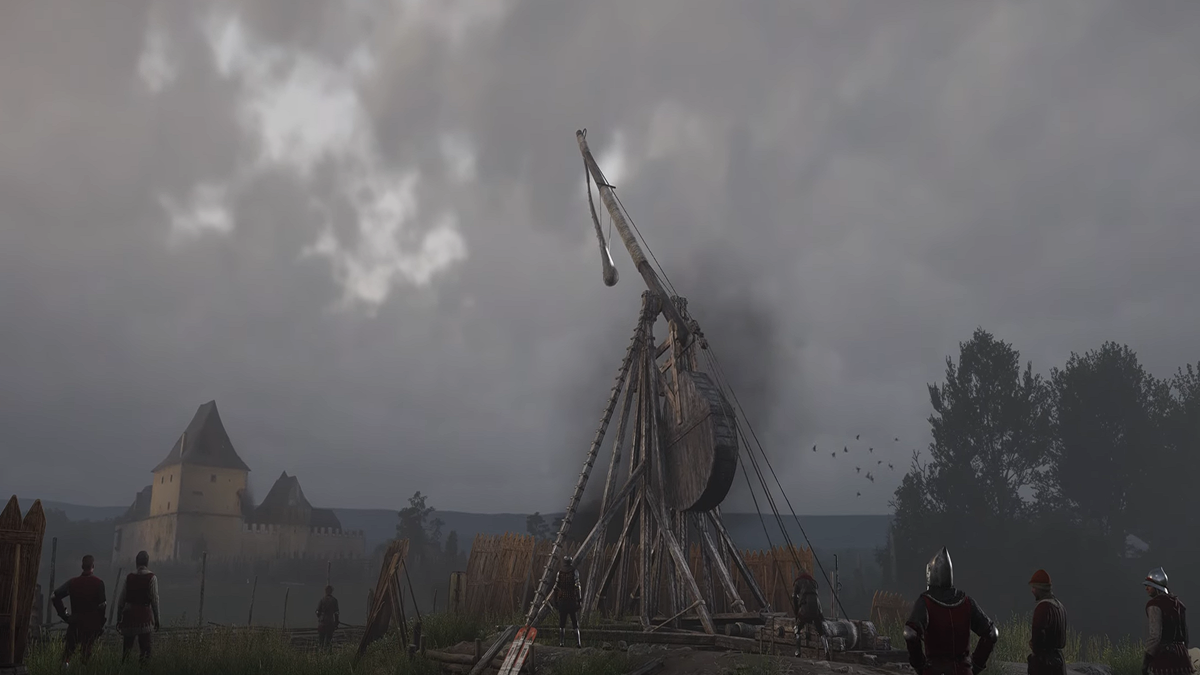Nobody likes Nazis. Apart from German people, obviously. That’s why it’s always so much fun to shoot them, and why you can’t keep the Wolfenstein franchise down. id Software, Raven Software, Pi Studios and Endrant Studios all want a piece of that sweet fascist pie, with Wolfenstein for the PC, PS3 and Xbox 360 being the fruit of their collective labor.
Wolfenstein has been created by four studios, and most people can tell you that in terms of game development, too many cooks can indeed spoil the broth. Is this the case with the latest in the Reich-pounding series, or have the four studios been able to create a sense of order and efficiency that would make Heinrich Himmler proud?
March in step with Jim Sterling and Brad Nicholson as they tell you.
Wolfenstein (PlayStation 3, Xbox 360, PC)
Developer: Raven Software, Endrant Studios, id Software, Pi Studios
Publisher: Activision
Released: August 18, 2009
MSRP: $59.99 (PS3/360) / $49.99 (PC)
![]() Jim Sterling (Xbox 360)
Jim Sterling (Xbox 360)
Everybody knows that America single-handedly won World War II, which is why it’s up to gum-chewing, stereotypical American soldier B.J Blazkowicz to save the fictional town of Isenstadt from an emerging Nazis threat. Teaming up with resistance troops, Blazkowicz must thwart Germany’s latest occult dabbling, stopping them from harnessing the power of The Black Sun. Armed with a Thule Medallion that grants him special powers, Blazkowicz will liberate Isenstadt and save the world. I wish I was American!
The story is lame but easy to ignore, with the focus being primarily on guns and glory. The majority of the German troops are little more than moving targets, more than happy to be blasted in the face by your highly effective arsenal of weapons. Raven Software has done a great job of creating a varied and satisfying range of weapons, from standard rifles and machine guns, to more eccentric particle cannons, Tesla guns and time-slowing energy cannons of ultimate deathness.
Progression through the single player revolves around using Isenstadt as a hub, from which other areas can be traveled to. There was potential here for sandbox-style elements, multiple paths and a variety of subquests. Raven ignored all these opportunities, despite employing elements such as waypoints and quest-givers, which gives the illusion of a game that’s far less linear than it actually is. Players can explore the map for gold which they can spend at the Black Market and upgrade their weapons. There are also hidden Intel items around each map which shed more light on the story and can unlock further upgrades.
Wolfenstein starts off rather badly, with the first few sections of the game being rather boring and as cookie-cutter as an FPS can get. Surprisingly, the poor quality of the game is not consistent, and the more Wolfenstein‘s campaign goes, the better it gets. What begins as a dreary and dull experience slowly, surely becomes quite exciting and satisfying. Games usually end up the other way round, so it’s a nice surprise that Wolfenstein actually improves over time.
The game’s main contrition is the aforementioned Thule Medallion, which confers a number of special abilities, unlocked during the course of the campaign. Blazkowicz starts off with a power that allows him to see the world through a supernatural haze and see enemies better, as well as pass through secret walls. Later on, he gets the obligatory time-slowing ability, then a shield, and finally a power that increases his damage and allows him to shoot through enemy shields. These powers can also be upgraded at the Black Market. These “Veil” powers are basically culled from other shooters and collected almost as a “best-of,” but there’s no denying that they become essential for some of the game’s tougher sections.
Wolfenstein is mostly balanced and fair, although there are a few lazy portions of the game where the developers felt that simply throwing a ridiculous amount of goons at you was an adequate way of making the game difficult. Having to face off against respawning, ridiculously fast Nazi skeletons that can murder you in a few hits is not very fun. Fortunately, most of the game is challenging without being cheap, and the variety of enemies, such as cannon-wielding armored foes and shield-generating scribes, makes for fun, slightly strategic battles.
The game is solid, but plays it very “safe” from beginning to end. It sticks to the roots of a very standard, traditional FPS, sometimes to the point where you wonder why it was made. It’s certainly not as epic as Halo, as gritty as Killzone or as tight as Call of Duty. However, it’s good at what it does, and what it does is stick to the basics and provide plenty of Nazis to shoot in the head and throat. Yes, throat kills are in the game, and they’re as sick and gurgly as you might expect.
The single-player is good at what it does, definitely. However, the multiplayer is another story. Worked on by Endrant and not Raven, it feels like a completely different game. The characters have no sense of weight, the combat is dull and repetitive, and the whole experience is slow, stuttering, laggy and simply badly made. Earning cash with kills to spend on upgrades is a nice touch, but ultimately there is no reason whatsoever to play it. Stick to the single player, complete it, and then consider Wolfenstein finished.
That’s the message I want to convey here. This iteration of the Wolfenstein series is a single-player game. The multiplayer is so tacked-on that it should be ignored completely. Fortunately, the single-player is good enough to stand on its own, and keep this game a worthwhile play. Whether its worth your actual cash is another story, but if you like shooters and hate Nazis, then there are far worse things you can do than spend time with this title.
Score: 7.0
![]() Brad Nicholson (Xbox 360)
Brad Nicholson (Xbox 360)
This exists for the folks who think shattering Nazi faces and annihilating occult-powered creatures is a blast. Bordering on mindless, Wolfenstein takes narrative cues from a post-Return to Castle Wolfenstein universe and heaps chaotic combat on the player as if it were still the late ’80s. Solid mechanics as well as the welcome addition of the Veil powers holds it above water in this shooter-saturated climate, but there’s nothing of substantial substance separating this from its brethren. The series’ hallmarks and general FPS tropes shackle it.
If someone put a gun to my head and forced me to summarize this game critically in a few words — and in this case, it’s kind of like that (minus the gun) — I would say: Wolfenstein is a bare-knuckle, mundane FPS with a bit of style and a few original and largely untapped features. Brimming with monster-closets, confined level structures, and the odd idea that almost every set-piece location needs to end with a dubious boss with an obvious environmental weakness, Wolfenstein fails to impress in the “Original Shooter” category. It exists and delivers within its basic shooter niche, and nothing more.
There are several interesting, but underdeveloped mechanics present. The open-world map system that allows the player to travel freely to objectives is bloated and flat. Isenstadt possesses no unarmed peoples and offers nothing to the player in terms of extras. It functions as just another level — filled with respawning enemies, no less — to traverse on the way to another level to kill things in. This same idea applies to the Veil powers, which operate as additional weaponry in the quest to kill every Nazi and creature walking the streets of the universe. There are a few puzzles to use some of the powers with, but the game tells you what to do and how to do it 90 percent of the time, leaving little to the imagination in terms of solving. The occult powers may have been more interesting if there were repercussions to slipping into the Veil or if usage was more limited in some fashion.
Underneath the gibberish narrative — complete with senseless progression — and the simple gib-fest combat lies a competent shooter. Wolfenstein might not do anything special, but it does deliver some raucous fights and a type of frantic, old-school experience most current-gen titles have strayed from.
The single-player component takes around seven hours to complete, but a decent-sized multiplayer portion offers some padding. Like Tides of War, it has three game modes: Objective, Stopwatch and Team Deathmatch. Objective is aptly titled: one team defends an objective — usually some sort of coveted device or object — from the opposing team’s grasp. Stopwatch is the same thing, except the teams switch offensive and defensive sides in timed intervals.
In a curious move, Endrant streamlined the objective-based modes, allowing most objectives to be stolen without having to break down layers of environmental defensive structures like the wall. Engineers can still crack alternate entrances to the final objective, but their TNT role is largely ignored. And this is a shame: part of the team aspect was communicating on what needs to be done within the immediate objectives. Now it’s just a mad dash to whatever shiny trinket is supposedly being protected.
Joining the Engineer are two additional character classes: the Medic and the Soldier. On top of handling explosives, the Engineer can dispense ammunition packs while the medic can fire off health packs as well as heal downed party members. The soldier just … kills people with heavy stuff like the rocket-filled Panzerfaust.
In terms of balance, it’s brilliant. Each class brings something unique to the table. But — and there’s always a ‘but’ with this Wolfenstein — the sprawling, occasionally misshapen levels (there are quite a few, actually) tend to discourage the close-knit team-based play that is needed for all the class benefits to have an effect. Finding an ammunition pack is rough work in the majority of the environments, even if you’re crying for one. And that also feeds into the player count — this game is six-on-six maximum.
The netcode struggles under the weight of the small player count. Every match will have some sort of latency, varying from impossible-to-play to discouraging. Perhaps knowing that the code base was bad, Raven Software pulled back the visuals in this mode, killing the sheen and the majority of the detail work on the character models. It looks so last-generation that I actually thought something was wrong with my console. Pixelated blood and frame-stripping is something we shouldn’t see in a non-retro FPS.
On the upside, there are decent weapons and a Veil progression system behind the action. Killing foes and taking objectives yields cold, hard gold that can be spent on numerous upgrades. Spending cash requires an iron stomach. The frequent disconnects, poor visuals, and latency-ridden play soil an underwhelming mode, completely inferior to all the other Wolfenstein titles. It feels dated, just like the SP component, and while fun can be had, there isn’t much in terms of nuance. It’s just a shooter.
Score: 6.5
Overall Score: 7.0 — Good (7s are solid games that definitely have an audience. Might lack replay value, could be too short or there are some hard-to-ignore faults, but the experience is fun.)





